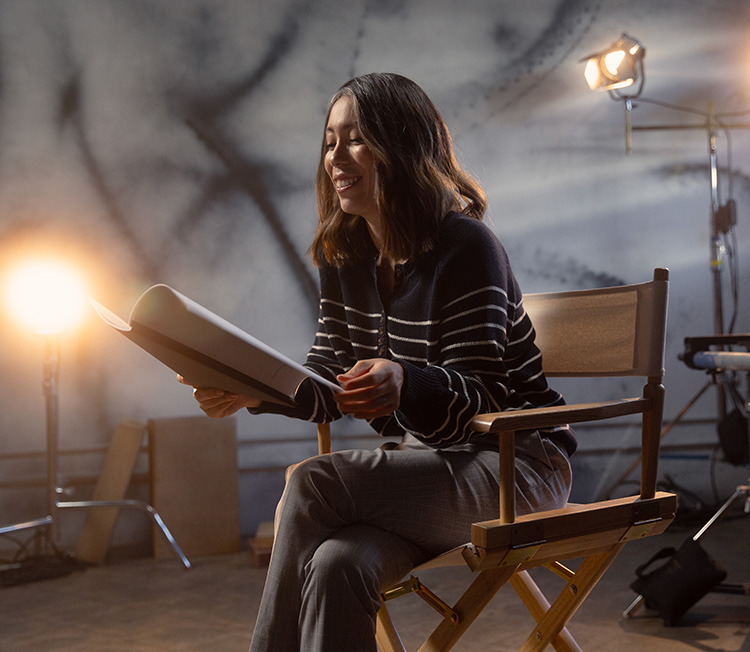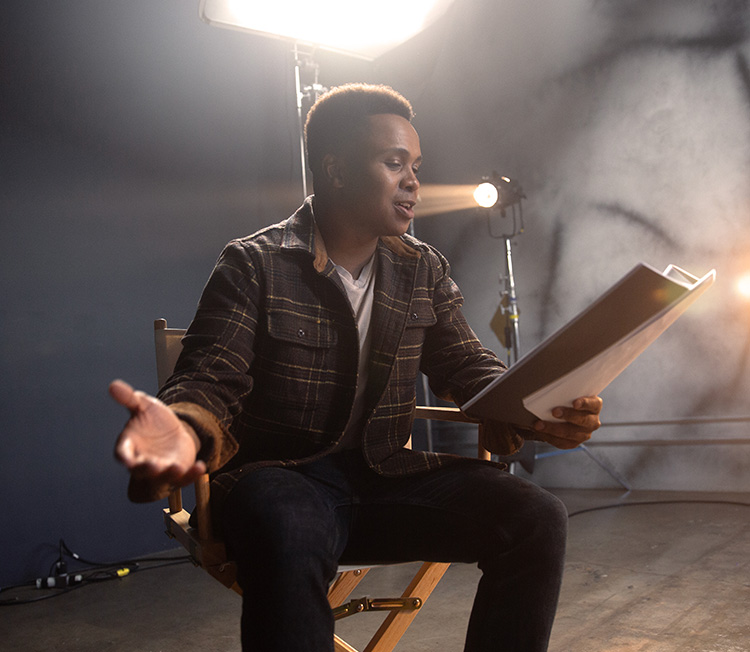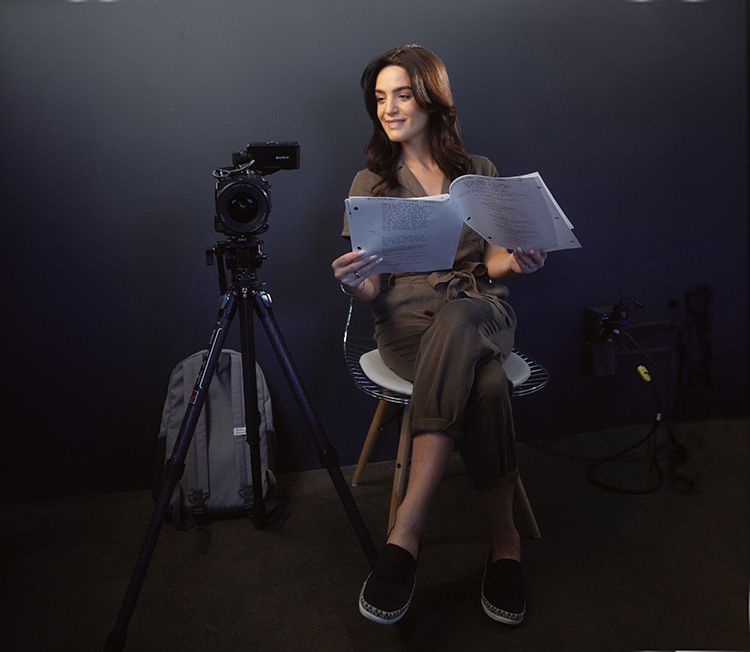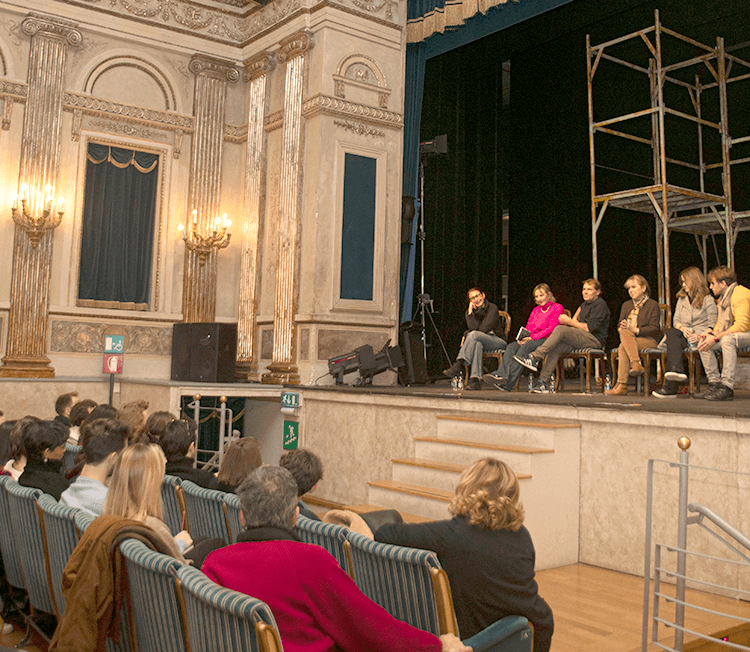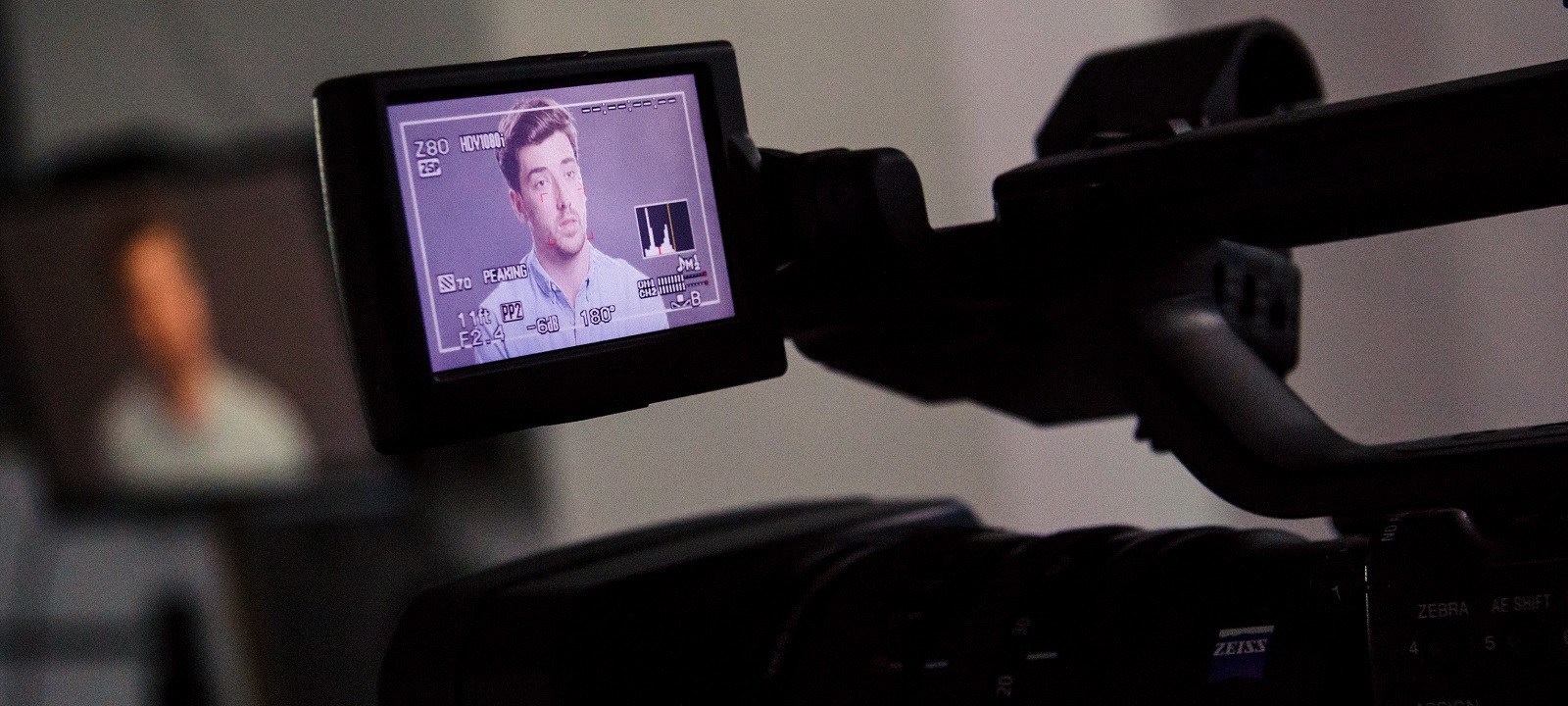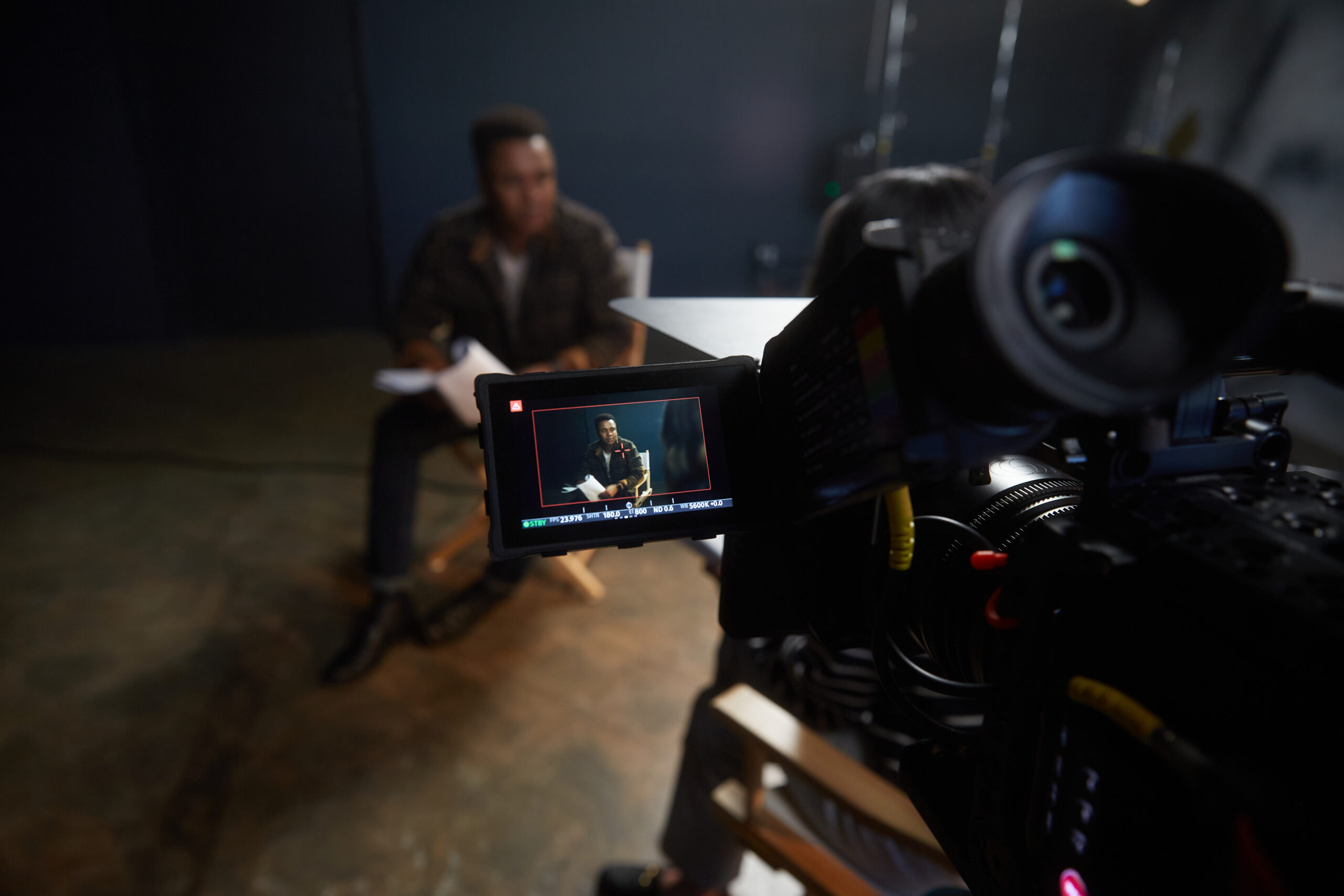Head of Casting at Lime Pictures, Peter Hunt, gave an invaluable screen audition masterclass at our spring Spotlight Open House week. For anyone who didn’t manage to get a spot, here’s the top tips from the session, on making that first impression count.
Getting Seen
- Have something to say in that opening email to a casting director, and stand out from the crowd.
- Make sure you have a reason to write in – there’s no point contacting someone to tell them you’re an actor. Tell us about what show you’re performing in and why we should come!
- Make the message personal, copy and pasting/mass emails are a big no-no. Think of yourself as a business – how do you best market yourself?
- Showreels are an effective way of showing off your skillset and experience. but make sure your best bits are in the opening few moments. Casting directors don’t want to fast forward to 2 minutes 33 seconds to see you.
- Focus less on music, stills and other actors as they can be a distraction from the main topic – you!
The Screen Test
- Casting directors want to see how you work on set, your behaviour and your interaction with fellow cast members. Try seeing a screen test as an intimate conversation that just happens to be picked up by the camera.
- Work the script. Good screen acting isn’t about delivering a line, it’s about reacting to what people say to you. What can you do to make the role your own?
- Be aware of where the camera is and be aware how the shot looks.
- Try not to plot how you’re going to say a line before you feel it. Try acting out the scene by just saying the lines without any added opinion. It’s interesting how differently the words will flow, and emotions change.
- Always imagine that your first line is the second or third line of the scene, as if we are joining you in the middle of a conversation, rather than right at the beginning. Likewise, remove thinking time in a scene. You don’t need to think about things we already know to be true in the script.

